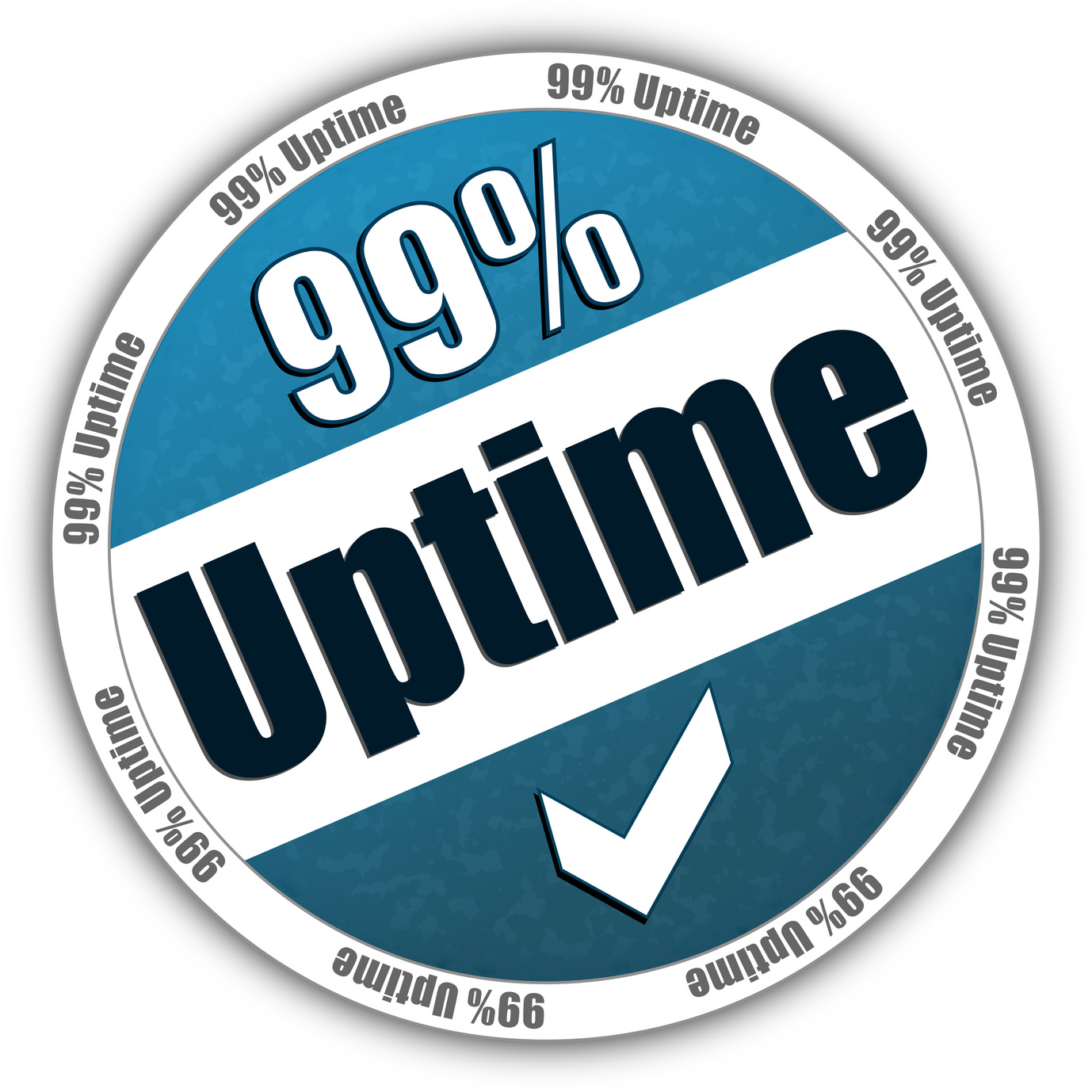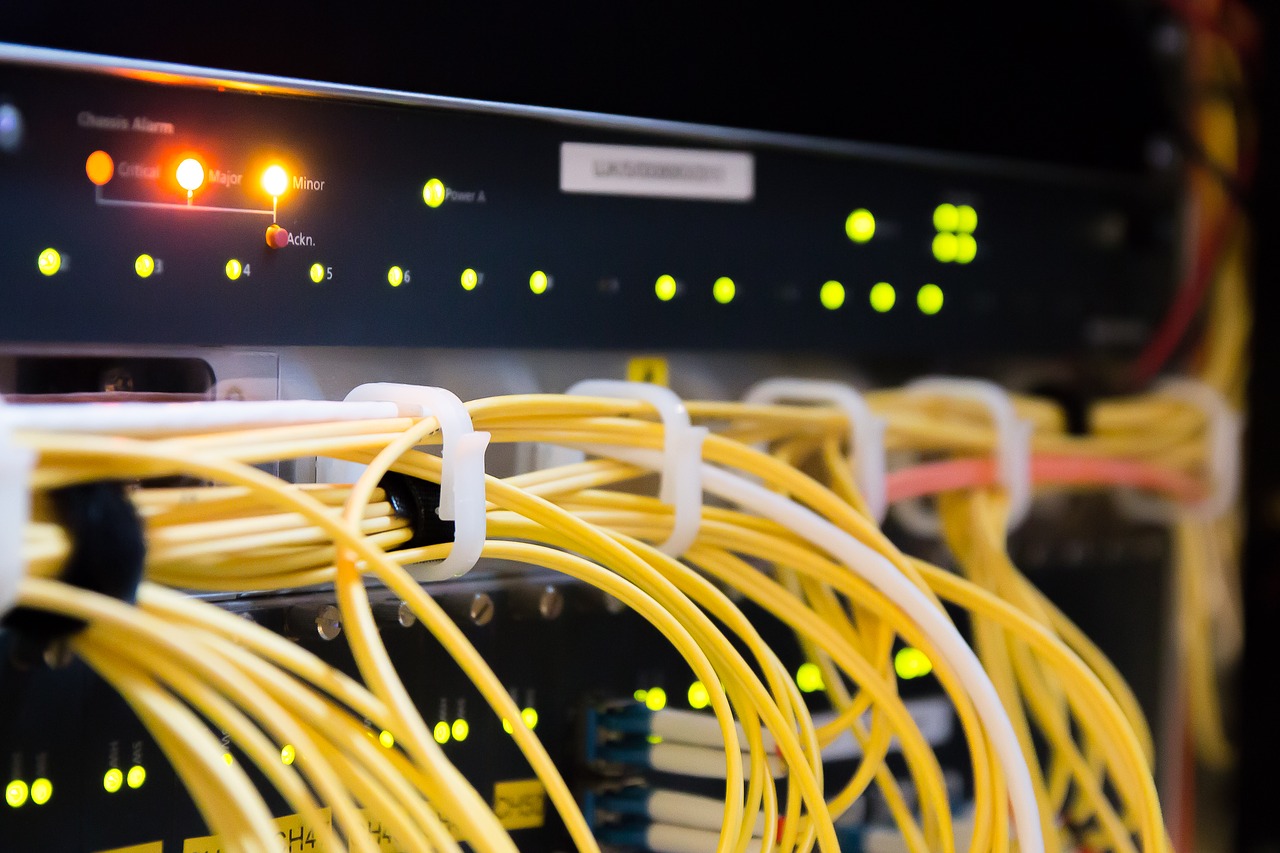Downtime is a downer. Downtime can cost a business up to $1000 a minute.
And while downtime is unavoidable due to maintenance or cyber attacks, having the right information can keep your site running smoothly 99.999% of the time.
Enter uptime monitoring.
Uptime monitoring can be a lifesaver. And in the next few paragraphs, we’re going to show you how the new SiteUptime API can help keep your website secure from unnecessary downtime.
Why You Need Uptime Monitoring
Ignoring the available data from your website is like not watching your bank account.
You might move along with your plans and find yourself in a sticky situation.
You could be off resting on your laurels while all your customers and leads go to your competitor.
This means no conversions and certainly no money in your pocket.
Even at 99.9% uptime, your business could lose $109,500 in a year. And if you own a larger business, this could mean more than one million in lost dollars over a year.
But how else can downtime affect your website? Let’s take a look.
1. Downtime Can Affect Your SERPs
Although Matt Cuts once claimed a little bit of downtime won’t hurt, anything more than a day of downtime will.
Since Matt Cutts made that famous claim, Google bots became more efficient. While it used to take bots hours to days to find your site, Google now crawls websites on a regular basis.
While Google now refuses to make statements about how downtime affects SERPs, webmasters can work backward from what they observe.
And what they observe tells a story of woe. Web sites that experience downtime sees their rankings drop by 12 places in a few hours.
And sometimes this causes Google to check other signals and a website might drop even further in the SERPs.
Enough evidence exists. It all points to downtime really affecting your SERPs.
How Does Uptime Monitoring Mitigate This?
Uptime monitoring will give you live updates on your site downtime.
Knowing immediately when your site goes down means you can get it back up and running within the hour. You can quickly contact your server or troubleshoot the problem.
2. Downtime Will Change Your Reputation
Once you break someone’s trust it’s extremely difficult to regain it.
Sony found this out the hard way back in 2014 when their user data was hacked and they completely lost face with their customer base.
They’re now known as the company that let’s people hack them. And it took them several years to recover from the damage.
While downtime doesn’t affect your reputation as drastically as a major cyber attack and customer data leak, you won’t walk away without a tarnished reputation.
And once your reputation is tarnished, you may not get a chance to make-up with certain customers. You will possibly have to find new leads and new customers and rebuild from there.
How Does Uptime Monitoring Mitigate This?
You can know about downtime before your customers and potential leads do.
Instant knowledge of downtime gives you the opportunity to fix a problem before it’s evident to the world.
And if it’s something you can’t fix immediately, you can use social media to communicate with customers about a problem.
This allows you to positively manage your reputation as a company. Being honest about what’s going on with your site will increase the trust your customers have in you and your business.
You can also explain a problem before anyone has a chance to complain.
One of the biggest reputation killers on the internet today is the bad review. And with the openness and coldness of social media, people are more willing to public complain about a company now than ever before.
You can avoid this pitfall by knowing about downtime immediately.
3. Downtime Isn’t The Only Culprit
Uptime monitoring doesn’t just monitor downtime.
A slow website is another factor that could affect your conversion rate and your bounce rate and your reputation all at once.
Count four seconds. One one thousand, two one thousand, three one thousand, four one thousand.
No, we aren’t playing hide and seek, we’re counting how long it takes a user to give up on your slow website.
25% of users abandon a website after four seconds of waiting and 50% jump ship after ten seconds.
And not only will website speed affect your bounce rate, it will affect your SERPs as well.
Google expects websites to be lightning fast. And slow load times mean a drop in rankings.
And a drop in ranking means a loss of visibility. And a loss of visibility means little to no traffic and very few leads.
How Does Uptime Monitoring Mitigate This?
Uptime monitoring gives you real-time data on website speed. You can also access data on what might be causing slow speeds.
In essence, uptime monitoring keeps the service you utilize accountable for their server speeds.
And if you find your server is the problem, migrate to a new one.
You should not tolerate a slow server. There is no excuse for slow speeds outside of software or website design.
Uptime monitoring can also help identify software and web design problems. These are easily fixed issues. And fixing them will increase your website speed.
Why Is The New SiteUptime API Your Best Bet?
Some of the best deals are all-in-one packages. For physical packaging, it’s cheaper to clump products together and use one package.
For digital products, it’s just utterly convenient for the client.
With the new SiteUptime API, you add multiple monitors. This allows you to monitor multiple uptime statistics at once in real-time.
It uses Modern REST+JSON and that’s free with all standard and pro accounts.
with SiteUptime API, you can remotely manage your monitors. No longer will you have to be local to change your settings and add or remove or edit monitors.
This API also allows you to build on top of your existing control panels. If you don’t want to give up your other control panels, adding SiteUptime is extremely simple.
If you’re looking for a great uptime monitoring system to add to your website, check out our SiteUptime demo right now.




